Uji is the birthplace of Matcha Green Tea Posted on 28 Jun 20:34 , 0 comments

The water temperature is recommended to be about 80℃ / 176℉
If the temperature is higher than that, more catechin will be released and the taste of the tea will become more bitter. Please remember that this temperature is very important to make delicious matcha tea!

Sifting matcha powder is important not to make matcha clumps in your matcha tea.




Then, add some ice into the matcha tea and stair again with the milk frother for about 5 seconds.
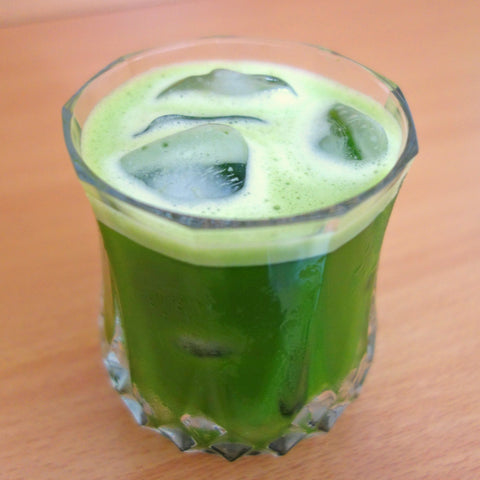
Enjoy the taste of Summer!
For the Iced Matcha Green Tea, it is very important to use high grade matcha powder because the low temperature of matcha tea give you the true taste of your matcha powder directly.
Try our truly high grade organic matcha powder and see the difference! Your organic matcha is Here!
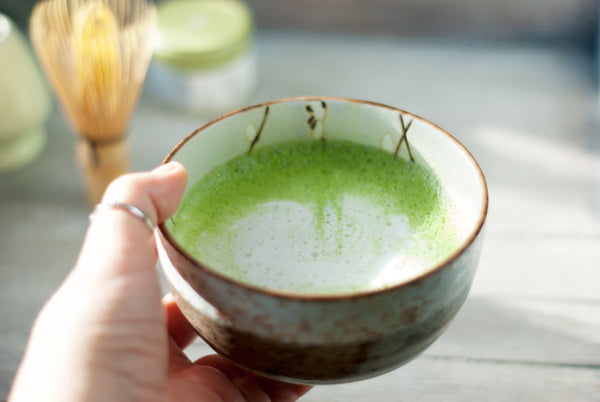
If you drink Matcha for its health benefits, one or two cups a day is enough, but it is more important to drink the tea for long periods rather than drink large amounts for short periods.
The amount of caffeine per 2g of Matcha is said to be more than a cup of tea but less than a cup of coffee. For this reason, children, pregnant women, breast-feeding women and people suffering from insomnia are advised to avoid drinking Matcha green tea.
Matcha contains catechin, which prevents iron absorption. Therefore, it is a good idea to avoid drinking Matcha before and after meals, especially if you are anaemic.
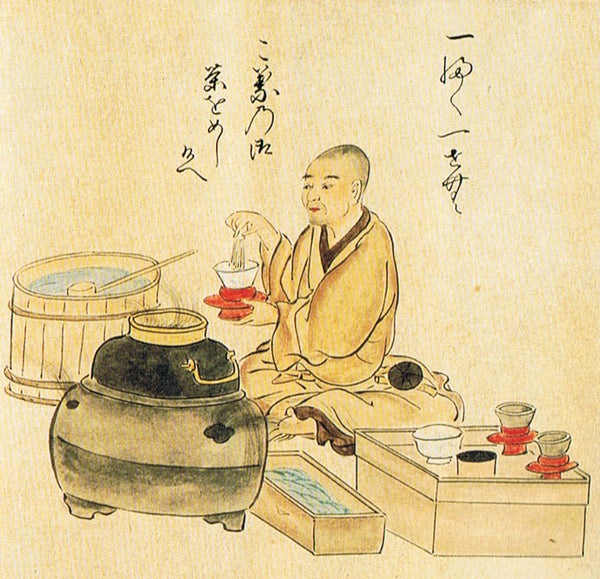
The history of Matcha dates back about 800 years. Matcha was originally used as medicine for people who wished for perpetual youth and longevity. The only thing that is accurate about the health benefits of Matcha is that even though it does offer many health benefits, it does not offset poor life habits like smoking, eating too many sweets, drinking alcohol to excess, too little physical exercise, etc. From its history, we may infer that Matcha can contribute much to your good health.
Looking for the best organic matcha green tea in Japan? Your matcha is HERE!
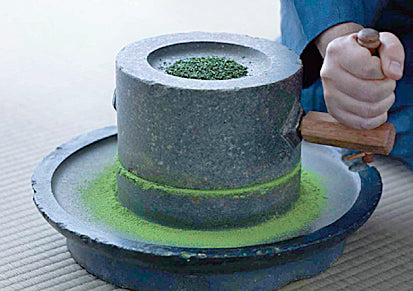
As matcha green tea is becoming popular worldwide, you can easily find matcha green tea that is not made in Japan. Usually the price of them is much less expensive.
The method of making Matcha was developed in Japan after the introduction of green tea powder into Japan from China. The most distinguishing feature of Japanese Matcha is the use of a Tencha oven. This oven was invented in Japan and is called a Horii-type Tencha oven (see the picture below). All Tencha ovens in Japan are said to be of the Horii type.
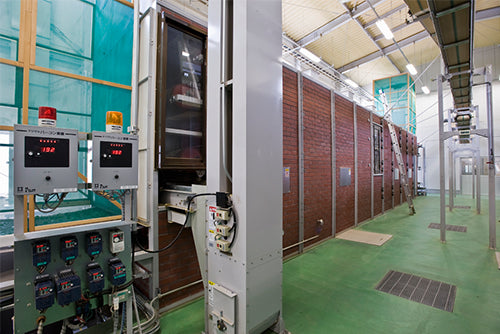
Another important feature of Authentic Matcha Green Tea is that it is made from some special cultivars that were developed in Japan exclusively for making matcha. Some of them are Samidori, Asahi, Gokou, etc.

The water temperature is recommended to be about 80℃ / 176℉
If the temperature is higher than that, more catechin will be released and the taste of the tea will become more bitter. Please remember that this temperature is very important to make delicious matcha tea!

Sifting matcha powder is important not to make matcha clumps in your matcha tea.




Enjoy your delicious Matcha Tea!
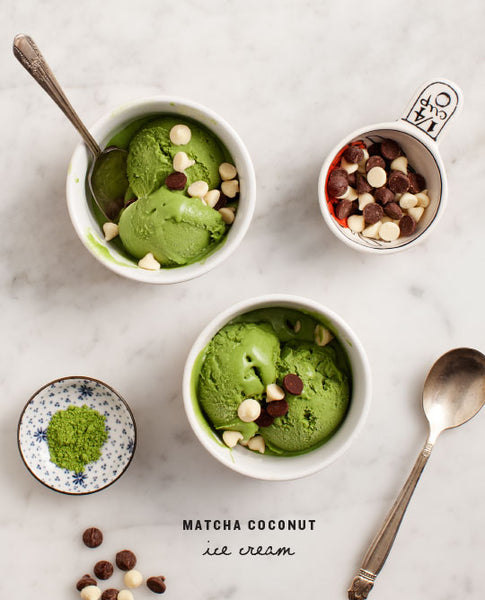
There is no definition for culinary / cooking grade Matcha. Conscientious tea companies are using low grade Tencha, which is not suitable for drinking, to make culinary grade Matcha by either stone mill or machine. Therefore, the price of the tea is much cheaper than authentic high grade Matcha. In Japan it is said that only one third of Matcha (including culinary / cooking grade Matcha) is made from Tencha. So what is the left of them? They are green tea powder made from Sencha (most common Japanese green tea). Therefore they are not Matcha technically.
What is Matcha?
To know about Matcha, it is essential to know about how to make ‘Sencha’ (cha means tea), the most common green tea in Japan.
After the young tea leaves are picked, they are steamed to prevent oxidization. Then they are pressed and left to dry. This process is repeated several times until finally they become Sencha. The reason why they are pressed is that by breaking up the structure of the tea leaves, the components of them are easily released when they are made into tea.
How about Matcha, then?
First of all, Matcha is defined as a stone-ground green tea powder made from Tencha. At present, machines are also regarded as an acceptable method of grinding Tencha to make Matcha. What is Tencha, then?
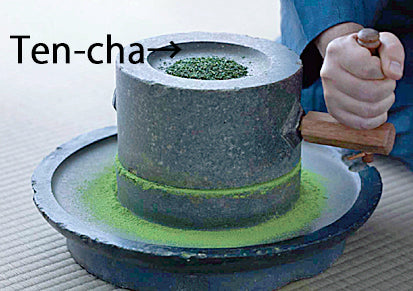
To make Tencha, young leaves are grown in the shade for about 20 days. Under these conditions, L-Theanie (the source of flavour), which is made at the roots then carried up to the leaves and stored there, is prevented from transforming into Catechin (the source of bitterness and harshness). Furthermore, this method makes tea leaves produce more chlorophyll, resulting in deep green-colored tea leaves. These tea leaves are picked, steamed, then dried in a special drying oven called a‘Tencha oven’ without any process of pressing the tea leaves. Then they undergo the final process to become Tencha.
Authentic Matcha is made from Tencha only!
If you are Matcha lover and looking for authentic high quality matcha green tea, read our customers' reviews and try our organic matcha green tea! Your matcha green tea is Here!